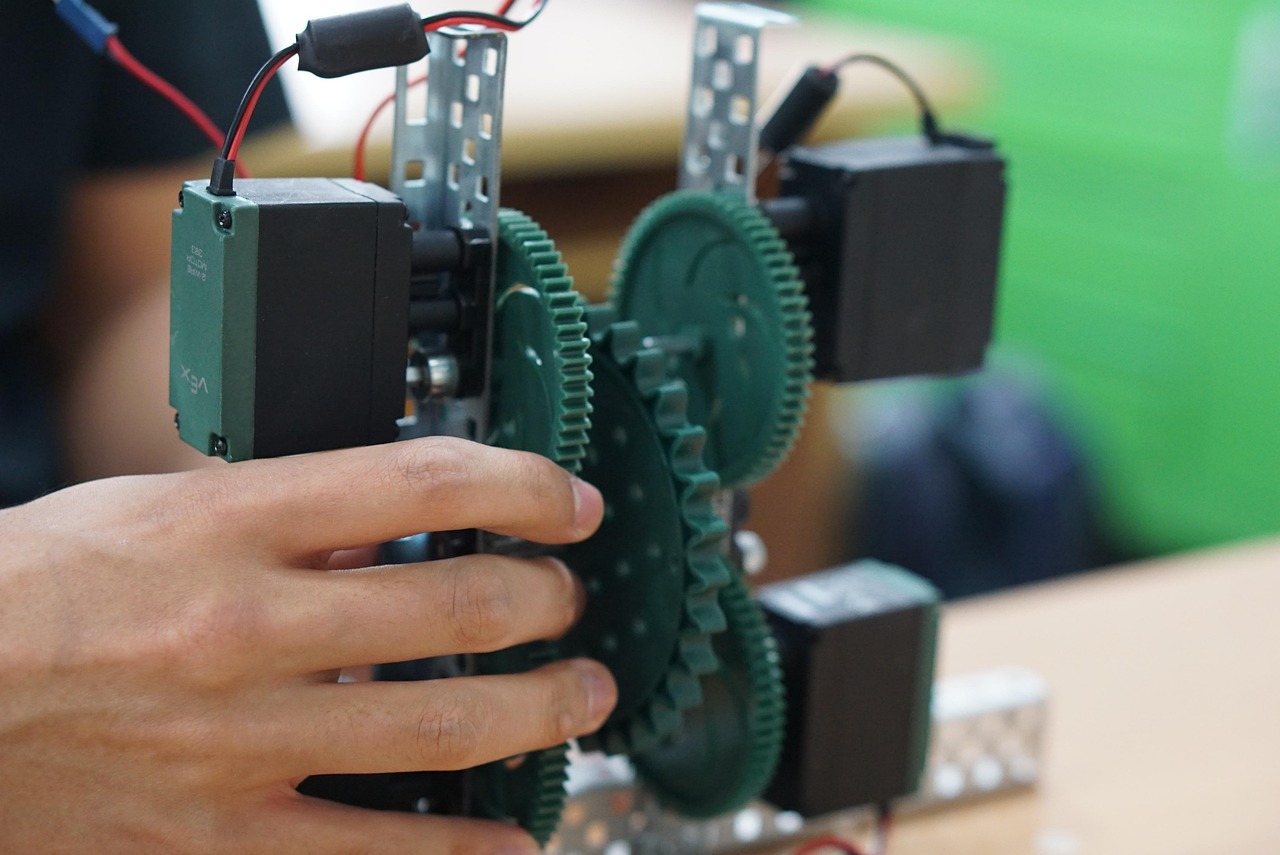
Introduction
Have you ever dreamed of building your own drone? Whether you’re interested in aerial photography, technology, or just a fun DIY project, creating a drone from scratch is a rewarding experience. In this guide, we’ll walk you through the basic steps to build a beginner-level quadcopter drone.
1. Understand the Basic Parts of a Drone
Before building a drone, you need to know what components are required:
- Frame – The body that holds all the parts together.
- Motors – Usually 4 for a quadcopter (1 per propeller).
- Electronic Speed Controllers (ESC) – Controls the speed of each motor.
- Propellers – Helps the drone lift off and fly.
- Flight Controller – The brain of the drone, which balances and stabilizes it.
- Battery (Li-Po) – Powers the drone.
- Transmitter and Receiver – Allows you to control the drone remotely.
- Optional: Camera and GPS module – For advanced features like video and navigation.
2. Choose a Drone Frame
Start with a light and strong frame, usually made from plastic, carbon fiber, or aluminum. For beginners, a 450mm quadcopter frame is a good size.
3. Assemble the Motors and Propellers
- Attach the motors to the frame using screws.
- Connect the propellers to the motors (be sure they match the correct spin direction: clockwise or counterclockwise).
4. Connect the Electronic Speed Controllers (ESC)
- Each ESC should be connected to a motor.
- Solder the power wires of the ESCs to a power distribution board or directly to the battery connector.
5. Install the Flight Controller
- Mount the flight controller in the center of the frame.
- Connect the ESC signal wires to the flight controller.
- You can use a flight controller like KK2.1.5, Naze32, or Betaflight F4 (good for beginners).
6. Add the Battery and Power Up
- Secure the battery to the frame with Velcro or a strap.
- Connect the battery plug and power up your drone.
- Be careful! Make sure all wiring is correct to avoid short circuits.
7. Setup the Remote Control System
- Bind your transmitter (controller) to the receiver.
- Connect the receiver to the flight controller.
- Calibrate the controls using software like Betaflight Configurator or the flight controller’s setup screen.
8. Test and Fly Safely
- Start with a low-power test indoors (without propellers).
- Once ready, move to an open space and test flight.
- Take off slowly and check for balance, responsiveness, and control.
Bonus Tips
- Always charge your batteries with care.
- Learn about flight laws and fly responsibly.
- Practice flying in safe areas before trying advanced moves.
Conclusion
Building a drone may seem complex at first, but with the right parts and patience, you can create a working drone and learn valuable tech skills along the way. Whether for hobby or future career goals, building drones is a fun and educational journey.






